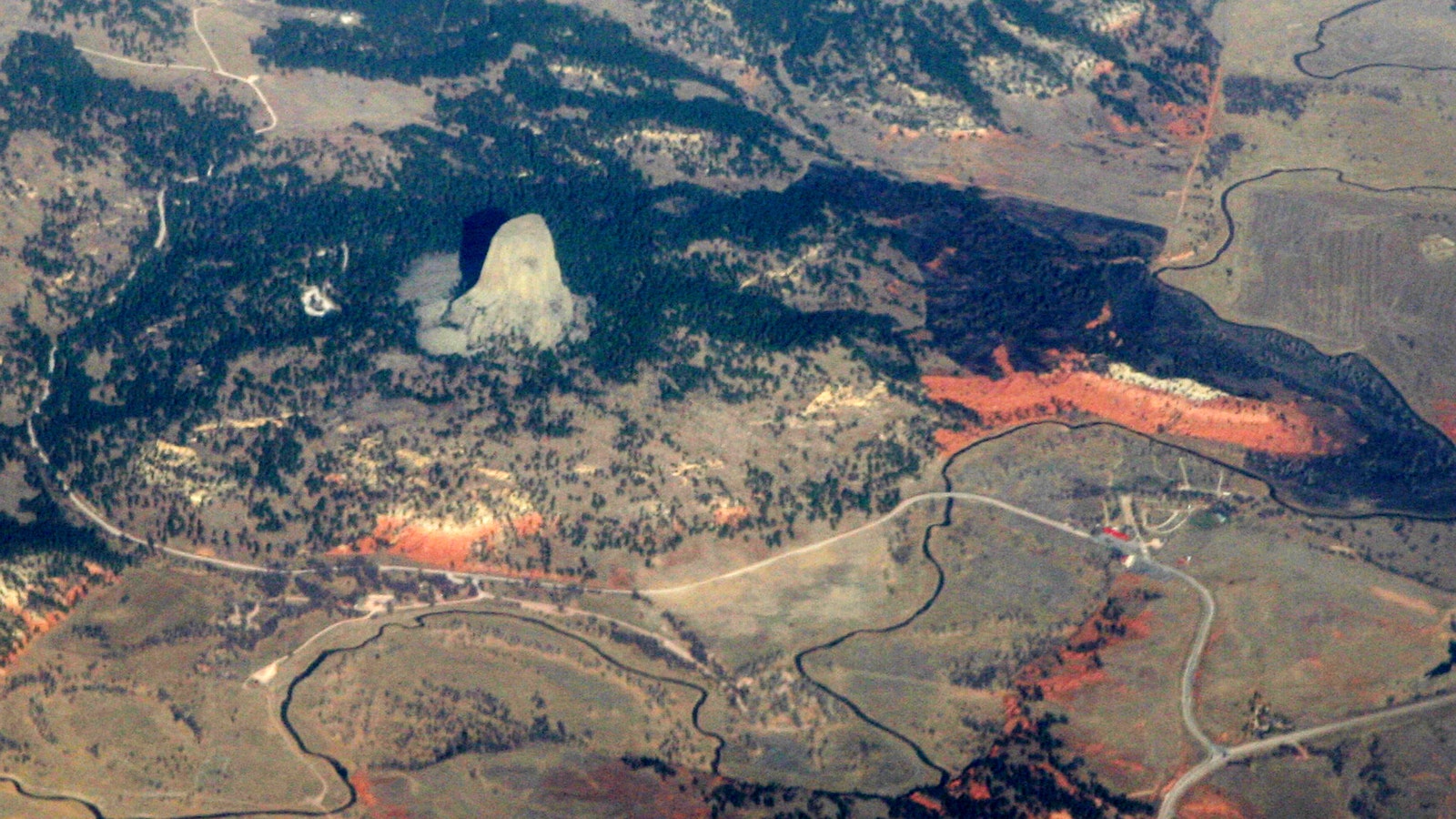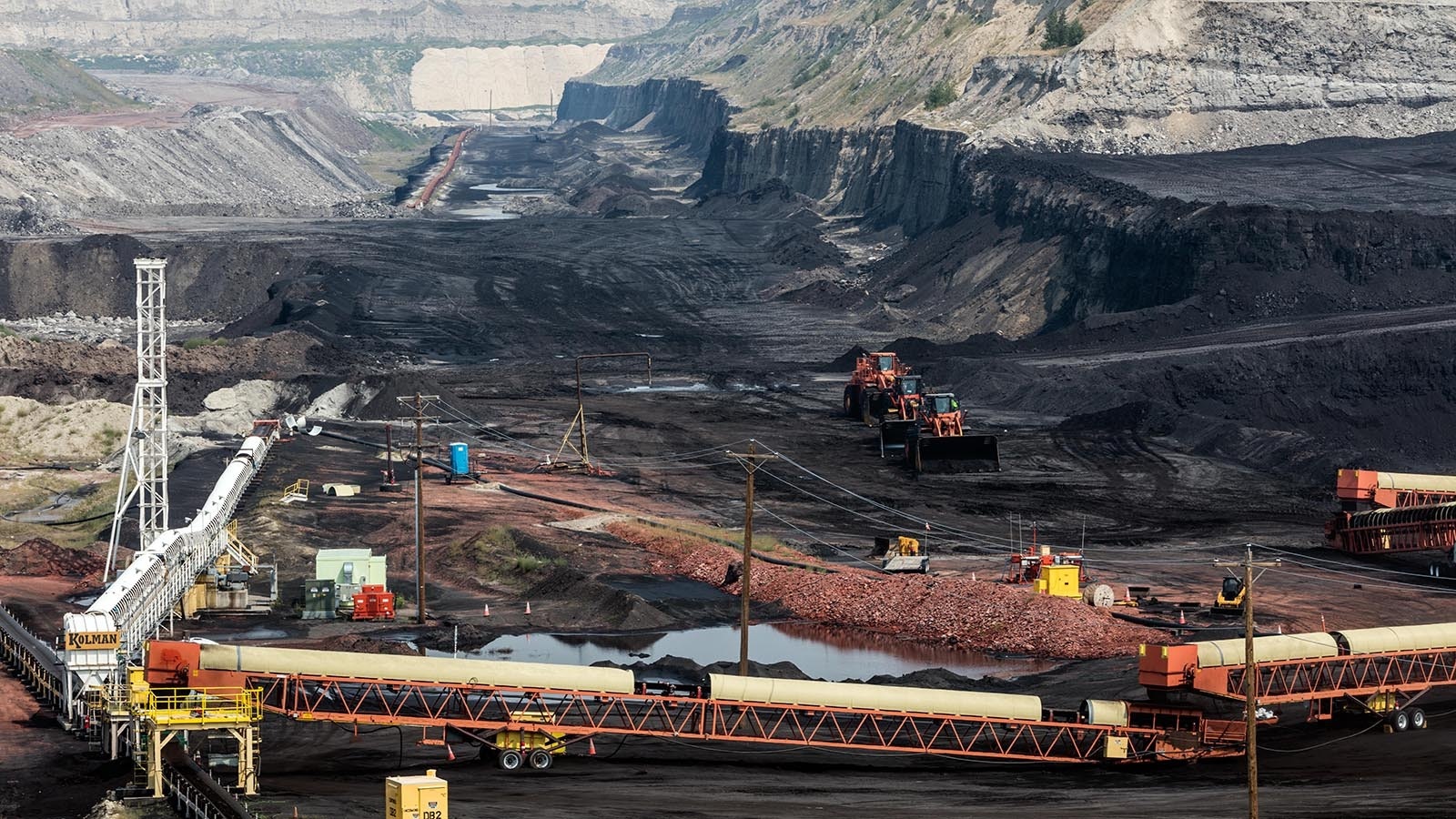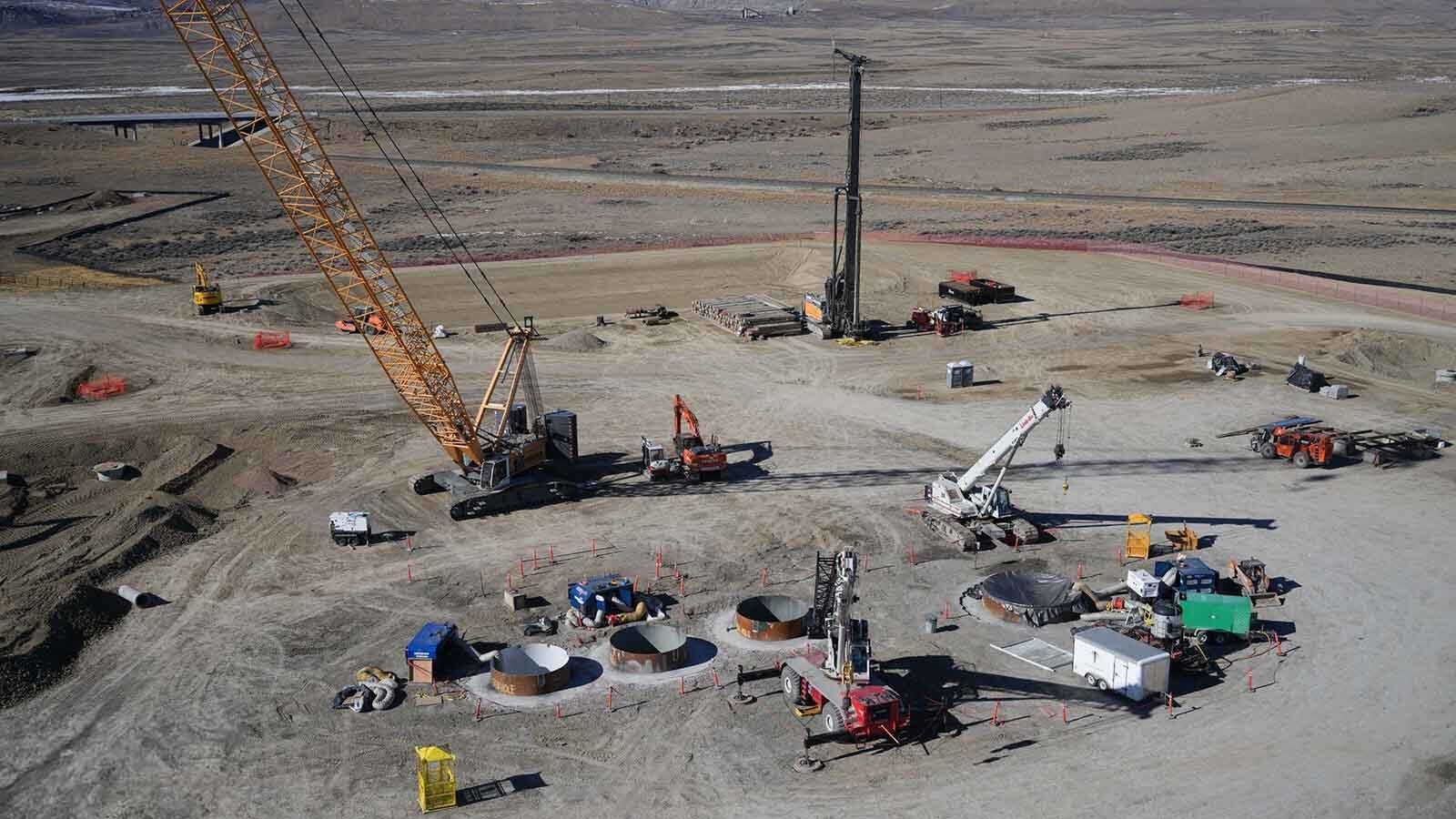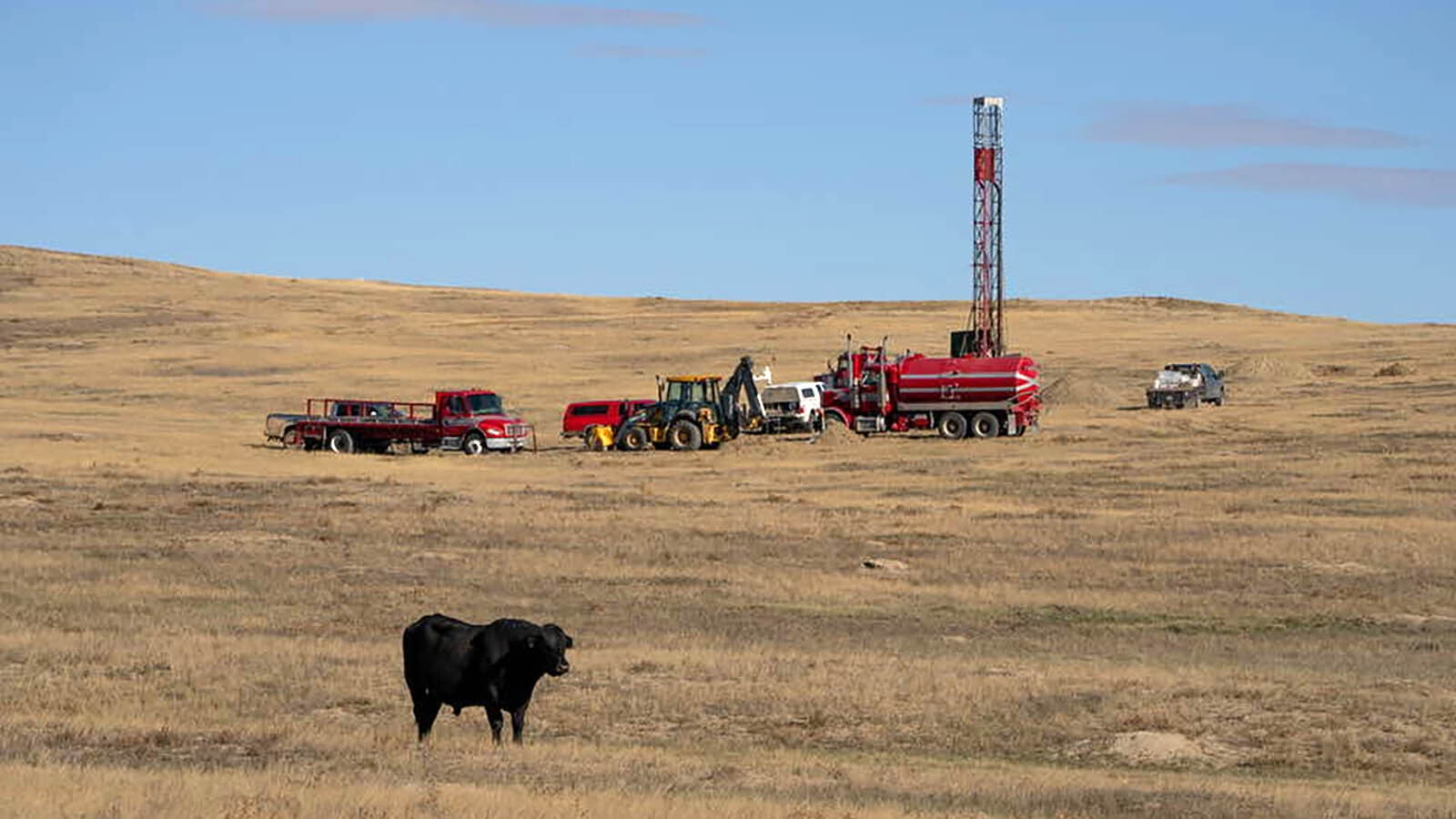A new report shows that the total volume of oil and drilling-related liquids spilled in Wyoming was down 40% in 2022, despite production in the state rising from the previous year.
The Center For Western Priorities, a conservation group funded by the Resources Legacy Fund,
tracks spills in Wyoming, Colorado, and New Mexico, and releases an annual report to identify trends.
In 2022, Wyoming operators reported 521 spills. These spills released 20,082 barrels of produced water, which is naturally occurring water that comes out of the ground along with oil and gas, and 3,941 barrels of oil.
The previous year had 642 spills, releasing 25,626 barrels of produced water and 4,572 barrels of oil.
Wyoming oil production in 2021 was approximately 78.9 million barrels. That increased to 85.1 million barrels in 2022.
Diligent Operations
The Western Priorities report was released on April 10, the same day that a pipeline leaked on the Wind River Reservation north of Crowheart in the Steamboat Butte field, spilling 36 barrels of liquids into a tributary of the Wind River. According to the Wind River Energy Commission, which manages contractors in the field, the liquids were 98% produced water and 2% oil.
The number of spills reported over the past few years show consistent declines in Wyoming. In 2019, there were 823 spills, and in 2020, there were 613 spills.
Ryan McConnaughey, spokesperson for the Petroleum Association of Wyoming, told Cowboy State Daily that the state has some of the strictest spill reporting regulations in the country, requiring operators to report anything that gets spilled, including potable water, which is drinking water. Despite that, McConnaughey said, Wyoming has a drop in the number of reported spills.
“The report shows that Wyoming producers are being diligent in their operations and doing the best they can to make sure that production in Wyoming happens safely,” he said.
Safest Transport
While pipeline spills often get a lot of media attention, Linnea Lueken, a research fellow with the Heartland Institute who got her bachelor’s degree in petroleum engineering from the University of Wyoming, told Cowboy State Daily pipelines are the safest means to transport oil and gas.
“By far, there’s really no competition whatsoever,” Lueken said.
A 2013 study by the Manhattan Institute found that road transport had the highest accident rate, with 19.95 incidents per billion ton-miles. A ton-mile is one ton of product shipped one mile. So, shipping one gallon of milk, which is 8.6 pounds, for 225 miles is one ton-mile.
Rail was the next safest with 2.08 incidents per billion ton-miles. Pipelines came in with 0.89 incidents per billion ton-miles.
Pipeline technology has continued to improve since that study was done. Modern pipeline monitoring technology today includes cathodic protection, which uses low-voltage electric current to protect against oxidation and what they call “smart pigs,” which are essentially drones that detect weak points in the cathodic protection system.
Lueken said pipeline operators have people monitoring data on pressure and flow rate constantly.
“It’s not just a big tube that oil is flowing freely through. They can shut it in if there’s any problem,” Lueken said.
According to the Wind River Commission, the spill this week was detected and shut down within two hours after it began.
Financial Incentives
Lueken said oil spills cost companies money. Not only does it waste product, it delays operations and costs money to clean up spills. So, they have a financial incentive to keep them to a minimum.
This is one reason, Lueken said, that companies pushed to build pipelines. They’re economical for transporting energy. Unfortunately, opposition from environmentalists have made pipeline construction very difficult and expensive, she said.
Upon taking office, President Joe Biden revoked the permit for the construction of the Keystone XL Pipeline.
The Sierra Club regularly boasts of its role in successfully shutting down multiple pipeline projects.
“All that oil still has to be transported. Now it’s moving by rail and by trucks, which not only have higher incidence rates, they add more emissions,” Lueken said.
State Comparisons
The Western Priorities report showed that Colorado also had a decrease in the number of spills between 2021 and 2022, while New Mexico saw an increase.
The notes of the report state that reporting requirements and inspection rates differ across states, which limits the validity of state-to-state comparisons.





